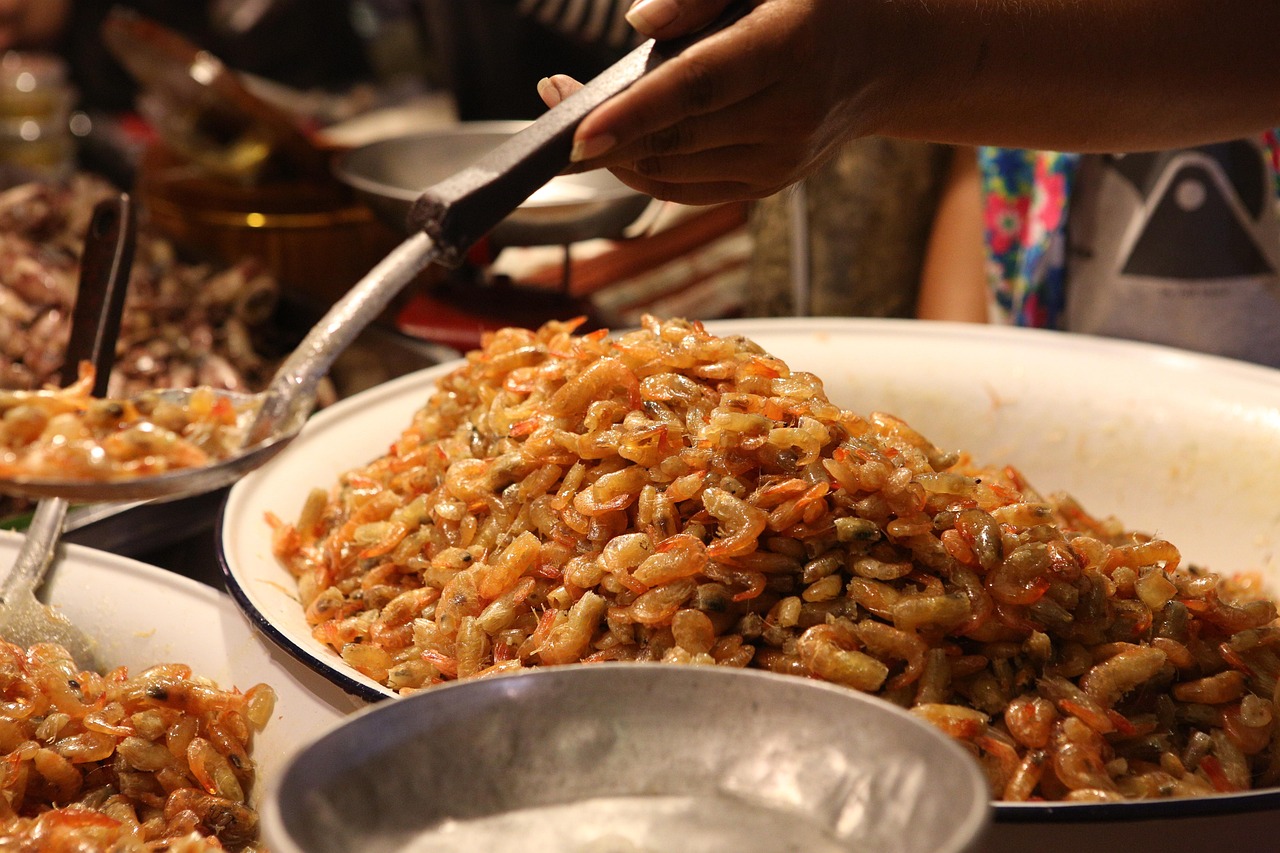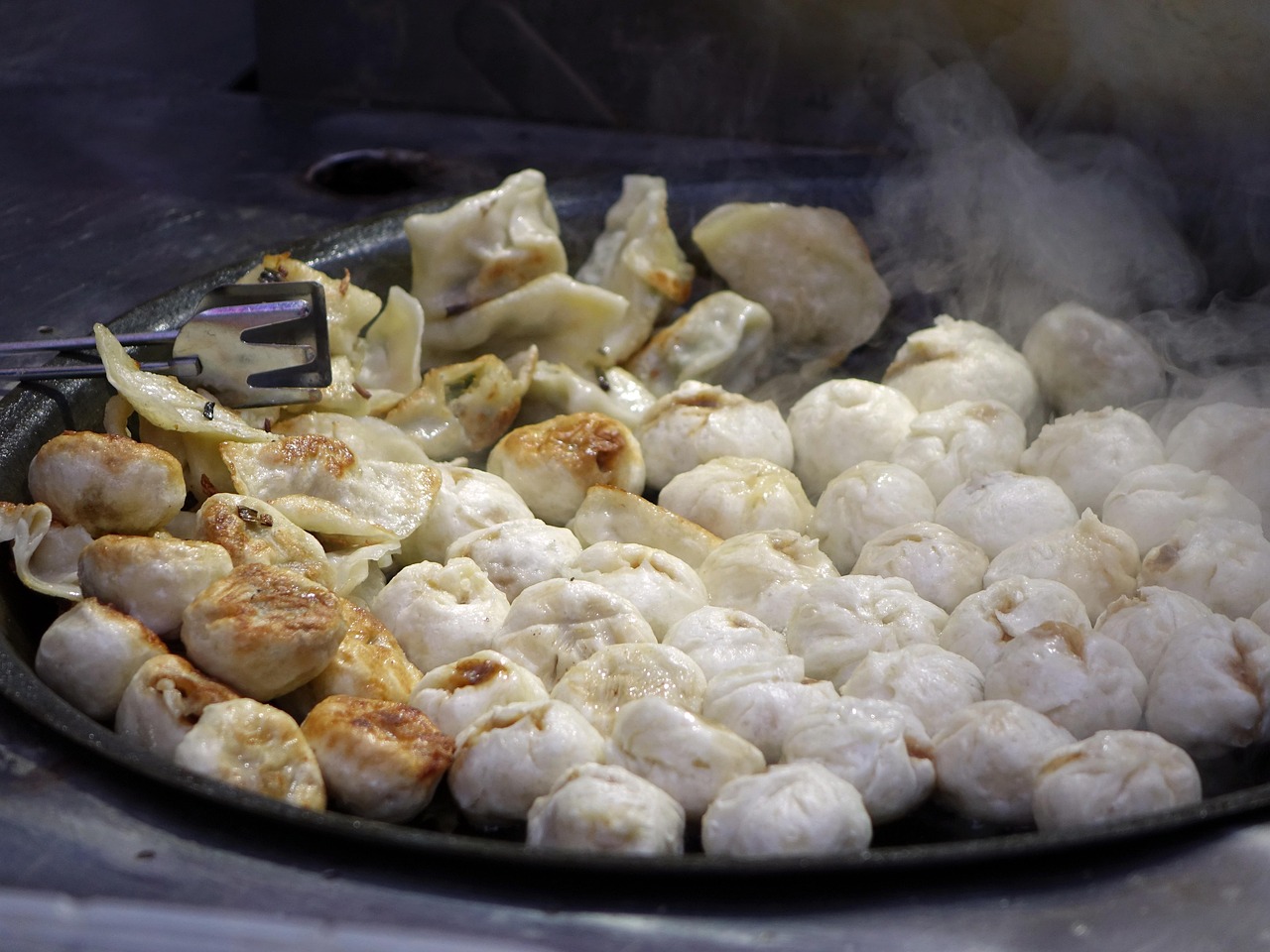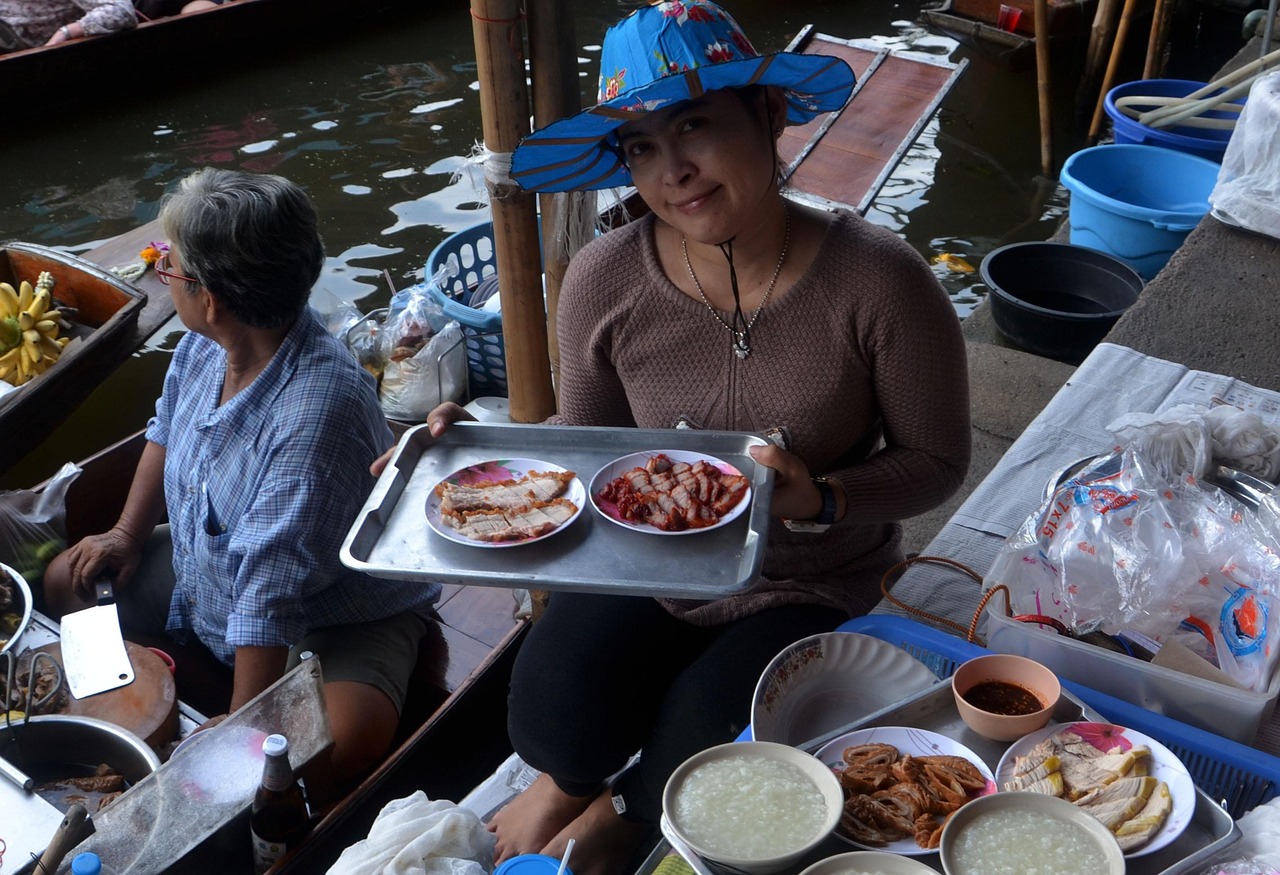Hello, food enthusiasts! Today, we're embarking on a flavorful journey to explore the rich and diverse world of Chinese cuisine. Imagine a vast, colorful tapestry where each thread represents a unique ingredient, dish, or culinary tradition. This tapestry is the essence of Chinese gastronomy, a culture that has been evolving for thousands of years and continues to captivate the world with its depth and complexity.
Let's start by understanding that Chinese cuisine is not a monolithic entity but a constellation of regional cuisines, each with its own distinct flavors, ingredients, and cooking techniques. Think of it as a family of siblings, each with their own personality, yet all sharing a common heritage.
For instance, consider Sichuan cuisine, which is as fiery as it is flavorful. It's like a bold, passionate poet, using a palette of spices to create dishes that dance on the tongue with a symphony of flavors—spicy, numbing, sour, and sweet. A classic example is Mapo Tofu, a dish that combines soft tofu with a rich, chili-infused sauce, creating a culinary experience that's both comforting and exhilarating.
Now, let's take a stroll to the coastal regions where seafood is king. Cantonese cuisine, with its emphasis on freshness and lightness, is like a gentle breeze from the sea. Dim sum, a traditional Cantonese meal, is a delightful assortment of bite-sized delicacies, each crafted with meticulous care. It's like a culinary art gallery where you can taste the artistry in every bite, from the delicate shrimp dumplings to the succulent barbecued pork buns.
As we move inland, we encounter the hearty and robust flavors of Northern Chinese cuisine. Think of it as the sturdy, warm embrace of a family matriarch. Peking Duck, a dish that has become synonymous with Beijing, is a prime example. The duck is roasted to a golden brown, with its skin crackling and its meat tender and juicy. It's served with thin pancakes, scallions, and sweet bean sauce, inviting you to create your own culinary symphony with every roll.
Chinese cuisine is also a celebration of the seasons and the natural bounty they bring. Spring rolls, for example, are a symbol of the fresh beginnings of spring, wrapped in a delicate pastry and filled with a medley of vegetables. They're like a culinary haiku, capturing the essence of the season in a single bite.
Moreover, Chinese cuisine is deeply rooted in its philosophy and beliefs. The concept of "yin and yang" is not just a philosophical principle but also a culinary one. Balance is key, whether it's in the flavors, textures, or colors of a dish. A meal is not just about satisfying hunger but also about nourishing the body and soul.
In terms of techniques, Chinese cooking is a masterclass in artistry and precision. Stir-frying, a technique that requires quick movements and high heat, is like a dance in the kitchen. The chef's skill is evident in the perfectly seared and tender vegetables or meat, all while retaining their vibrant colors and flavors.
Chinese cuisine is also a canvas for creativity. The art of dumpling making, for example, is a testament to this. Dumplings can be filled with a variety of ingredients, from pork and cabbage to shrimp and chives, and can be served boiled, steamed, or pan-fried. They're like little packages of joy, each one a culinary surprise.
Lastly, let's not forget the role of tea in Chinese culture. It's not just a beverage but a ritual, a way to pause and appreciate the moment. From the delicate green teas to the robust black teas, tea is an integral part of the dining experience, cleansing the palate and complementing the flavors of the meal.
In conclusion, Chinese cuisine is a tapestry woven with threads of history, philosophy, and culinary artistry. It's a culture that invites you to explore, to savor, and to appreciate the depth and diversity of flavors that it offers. Whether you're enjoying a steaming bowl of hot and sour soup or savoring the delicate flavors of a tea-infused dessert, you're partaking in a tradition that has been cherished for millennia. So, the next time you have the opportunity to indulge in Chinese cuisine, take a moment to appreciate the rich tapestry of flavors and traditions that make it one of the world's most beloved culinary cultures.











